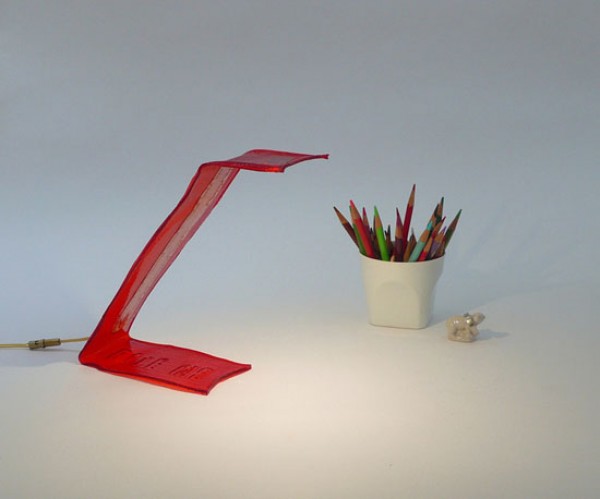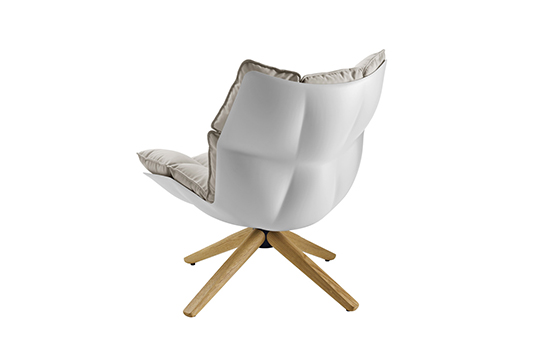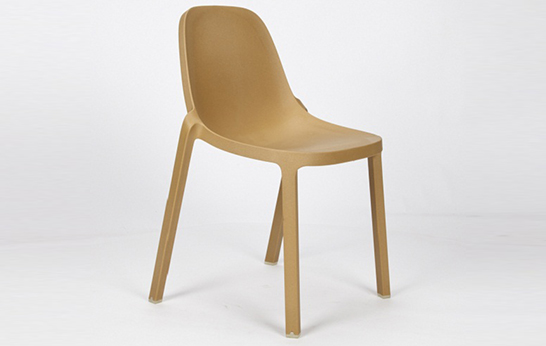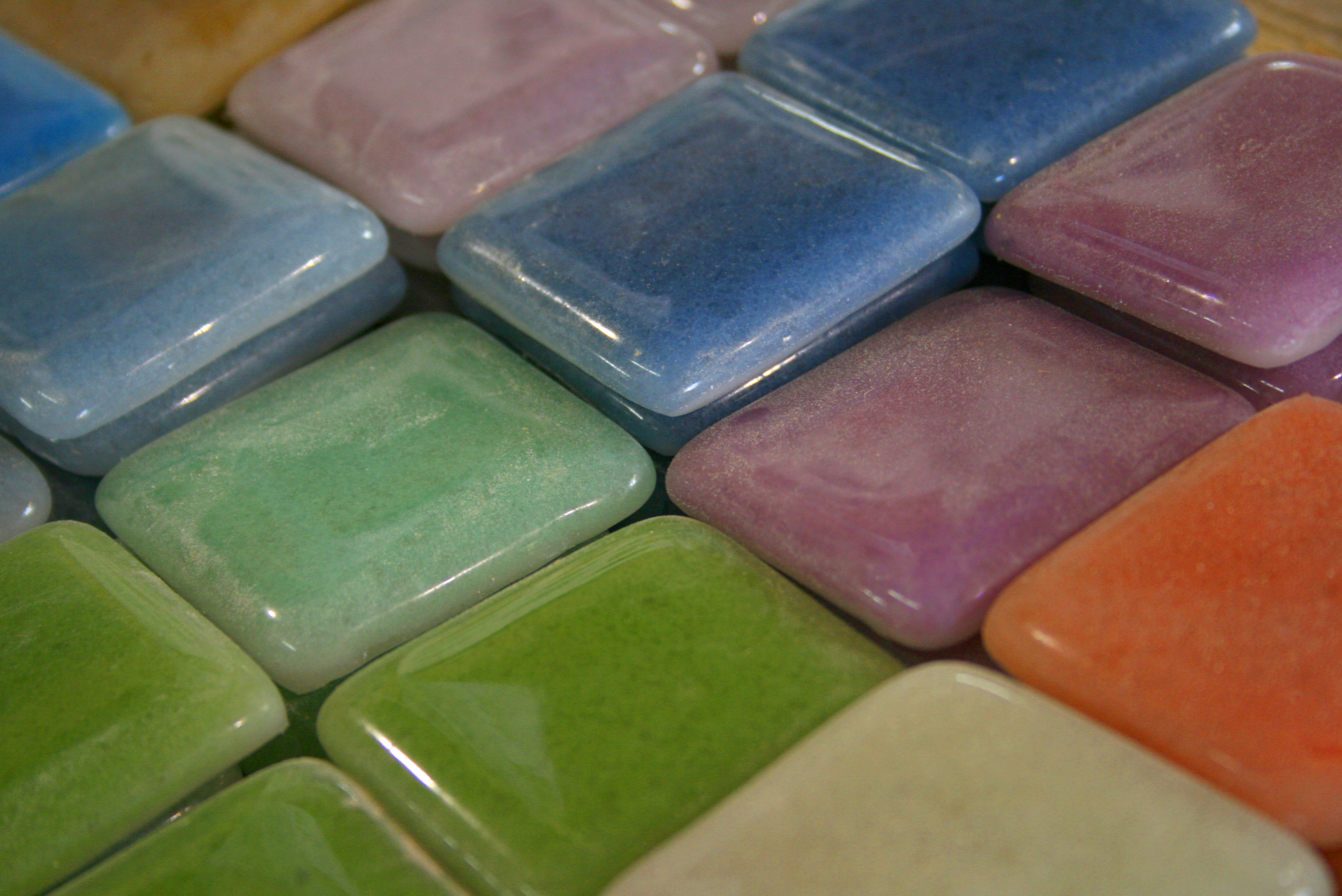*Това е статията ми, публикувана днес в "Дневник"
Ако ви кажат, че съществува технология, която позволява поглъщането на
огромни количества CO2 от атмосферата, като едновременно с това
осигурява богата на протеини храна и строителни материали с високи
изолационни характеристики, едва ли бихте допуснали, че става въпрос за
растение – малко известното у нас, но всъщност с 4000-годишна история
растение кенаф.
Той е едногодишно тревисто растение от семейство
слезови и идва от Африка, където от хилядолетия се използва заради
влакната му. Кенафът има родствена връзка с памука и бамята, но изглежда
като бамбука, култивира се като влакнодайно растение в Индия, Иран и
другаде. Влакното му се използва за чували и амбалажни тъкани, а
семената, които съдържат 20% масло - за технически цели.
Кенафът
използва въглеродния диоксид като ресурс за развитието си и отделя в
атмосферата значителни количества кислород. Той има способността да
расте с огромна скорост и да произвежда от 6 до 10 тона влакна от акър,
които са също и добър източник на пулп за хартия. За един сезон един
акър кенаф може да погълне около 10 тона CO2 от атмосферата, а в някои
части на света се отглежда и втора реколта.
Могат да се изброят
поне 20 различни приложения на влакната, семената и всички части на
растението. Те се използват за строителни материали с изолационни и
шумозаглушаващи свойства, за производство на биопластмаси и други видове
нови материали. Компании като Toyota, NEC и Matsushita например
използват кенаф в своите високотехнологични производствени линии.
Бил Лофтъс, пенсиониран строителен предприемач, е открил, че то може да
бъде суровина за производство на леки строителни материали с много добри
изолационни характеристики - например огнеустойчиви бетонови блокчета,
които не само осигуряват невероятно добра изолация, но и поглъщат
въглерода от въздуха. Друга американска компания включва кенаф в
композитните дъски вместо фибростъкло заради здравината и лекотата на
влакната му.
Смесени с памук, нишките на растението могат да се
прилагат в производството на тъкани, които са меки на допир и изглеждат
като ленени. Днес американските потребители могат да открият влакната на
растението и в гърбовете на килимите си, в изолиращия филц за покриви, в
картона. Използва се също за производство на офис хартия. В Япония
кенаф съдържат опаковките в някои заведения за бързо хранене, хартията, с
която се завиват хамбургерите, както и някои тапети. През януари тази
година Ford също обяви, че ще използва влакна от кефал в подложките на
вратите за новия си модел Escape.

[Ford Motors]
Смесен в равни части с полипропилен, той ще намали теглото на
компонентите с 25% в сравнение с конвенционалните материали и според
Ford ще спестява на Северна Америка около 140 тона годишно пластмаси,
произвеждани на основата на петрол.
Днес кенаф се отглежда в
южните щати и в някои части на Калифорния и освен в споменатите
приложения братовчедът на памука, както го наричат, има приложение като
фураж за животни. Използва се в мебелите като частичен заместител на
дървесните влакна, като биомаса за производство на енергия и т.н. За
разлика от памука отглеждането му изисква много по-малко пестициди.
Заради
всички тези свои качества и на фона на нарастващата загриженост за
глобалното затопляне и нарастващите цени на петролните продукти през
последното десетилетие това невероятно полезно растение предизвиква
огромен интерес и внимание.























.jpg)











